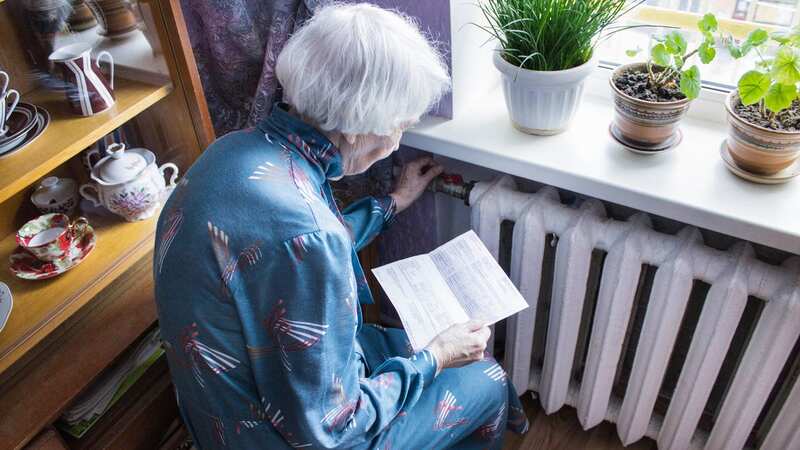Simple radiator mistake could be costing you £100s - and keeping you cold

The bad weather isn't over just yet, so make sure you're not wasting money while trying to stay warm.
Ofgem recently announced its energy price cap will fall by 12.3 per cent from this April, providing a somewhat false sense of relief for cash-strapped Brits. These figures will only apply from April-June so you won't see a substantial saving unless the price cap continues to fall or remain the same.
The standing charge for both gas and electricty is also slated to rise - from 53.35p per day to 60.10p and 9.60p per day to 31.43p per day, respectively. This means many will struggle to keep up with their energy bills. It's worth checking your radiators during these cold periods, as a common mistake could be costing you a fortune, and preventing your house from warming up.
Many modern operators work using a thermostatic valve (TRV) which gives households more control of where heat is directed. This is great if you have a spare room that you don't want to heat up every time you pop the heating on, for example, or if you're often cooking in the kitchen and don't need the extra heat.
But, if not properly monitored, it could also mean you're wasting energy. If your heating is set to a high temperature, but your TRVs are turned off or on low - you'll effectively be paying to run the boiler without getting the desired level of heat.
 Shop prices 'are yet to peak and will remain high' as inflation hits new heights
Shop prices 'are yet to peak and will remain high' as inflation hits new heights
Experts over at Which? described this as a 'huge waste of money', adding: "If your thermostat is telling your boiler it's too cold, while your radiators aren't letting the warm water in, your boiler will just keep sending hot water around your pipes in a circle, wasting energy in a cold house."
In layman's terms, no matter how high you put your heating on - if your TRVs are off or low - your house will never get to that temperature - but you'll still be charged for using energy.
Want the latest money-saving news and top deals sent straight to your inbox? Sign up to our
To prevent this from happening, it's worth going around the house and making sure you're happy with radiator settings. You may notice one of the radiators in the house will not have a TRV - and this is to prevent the water pump from operating in a closed system.
British Gas has created a rough guide to help you dictate what setting each radiator should be on - as each number corresponds to a temperature range. The energy giant says this is typically as follows:
0: Your radiator valves are completely closed and won't emit any heat
1: 10°C
2: 15°C
3: 20°C
4: 25°C
 8 money changes coming in February including Universal Credit and passport fees
8 money changes coming in February including Universal Credit and passport fees
5: 30°C
So, if you're feeling chilly in your living room and want to get nice and toasty - it would be worth making sure your TRV is set to at least three or four.But, if you've had the oven on in the kitchen all afternoon and things are getting a little steamy - you could always lower the radiator to setting 2.
Remember, this is just an average guide and each appliance may vary; it may take a few attempts at perfecting which setting is right for you.
Many modern radiators will also have a frost prevention setting, or a frost icon next to one of the numbers. This is the recommended setting for when you don't need a lot of heat but don't want the house too get too cold, which can cause issues like damp and mould.
Read more similar news:
Comments:
comments powered by Disqus

































